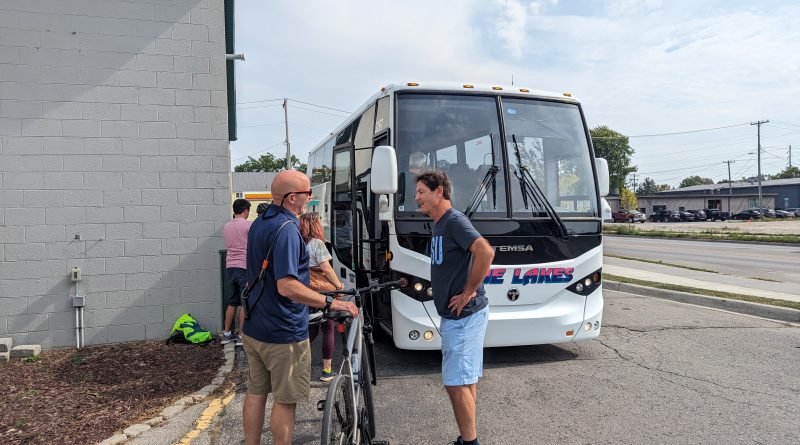Day 1 of the Michigan Planning Conference
It’s day one of Planning Michigan, the Michigan Association of Planning conference in Traverse City. One of our first activities was a bike tour of the Traverse Area Recreation Trail, or TART (you see what they did there?), which took us nearly the whole way from the Grand Traverse Resort to Boardman Lake in Traverse City proper, which we circled before ending up at Spruce Something Brewing (apparently Traverse City has a brewery or 17). I got a chance to connect with colleagues from West Michigan to Ontario, and to catch up with Joel Howrani-Heeres, the erstwhile sustainability director for the city of Detroit.
Julie Clark, the executive director of Traverse Trails, led the tour and gave a much appreciated, in-depth commentary at a number of stops along the way to explain the process of land acquisition and right-of-way negotiations, safety, recreation, and politics. When I’m learning about the development of projects like this– which are fundamentally as much about transportation infrastructure as they are about recreation- I am always thinking about how we can come up with clever strategies for how to actually make projects like this happen. Clark emphasized this from a number of angles ranging from TIF’d brownfield funding to develop part of the (pristine, immaculate) trail around Boardman Lake to the tooth-pulling challenge of working with county road commissions, which are suggested, but not mandated, to spend 1% of their annual budgets on nonmotorized transportation.

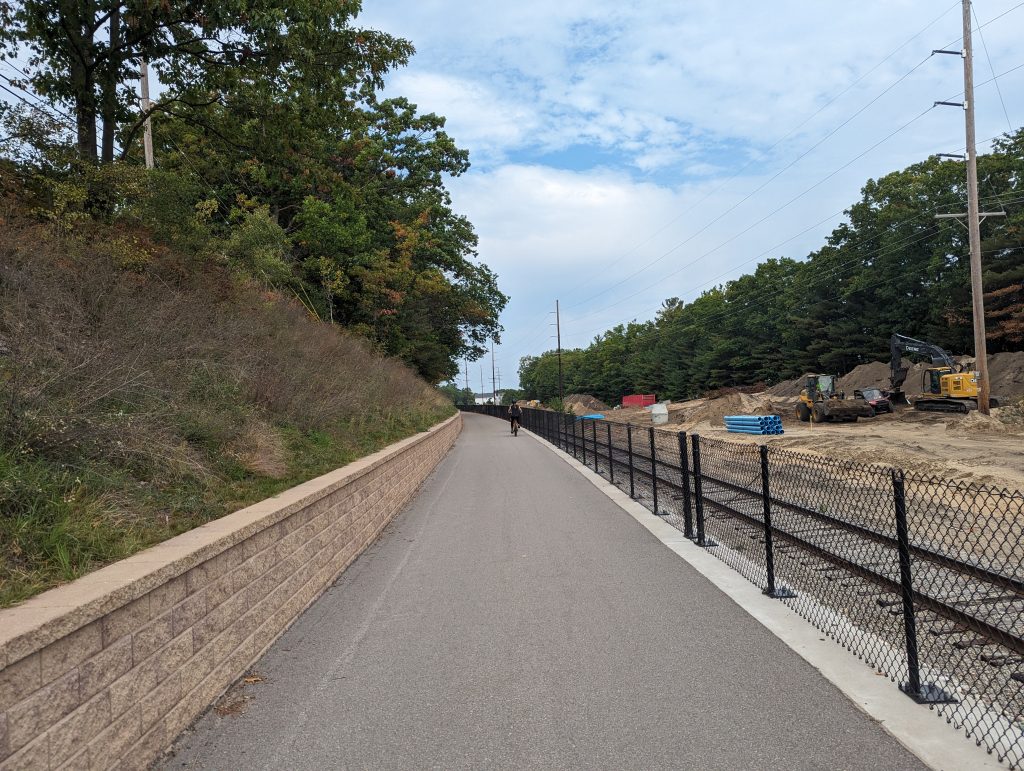
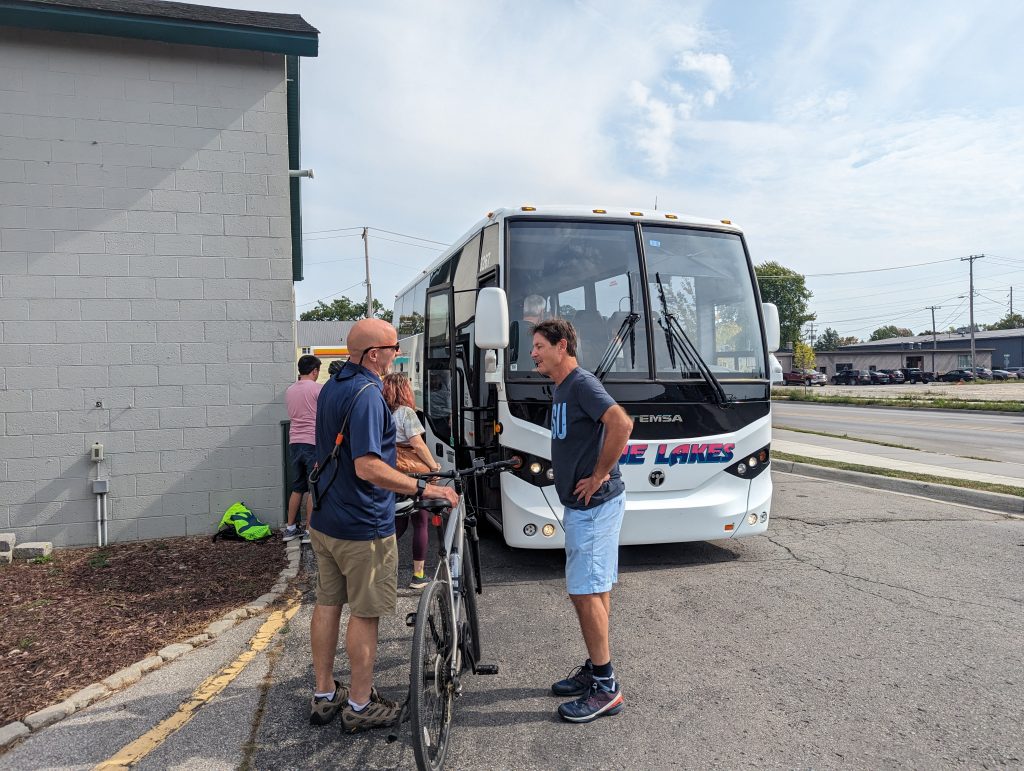
We also discussed the challenges of working with MDOT, and planners shared horror stories about everything ranging from “can’t you fix this roundabout that doesn’t work right” (“no,” was the response) to “can’t we get a road diet that also builds dedicated cycling infrastructure so our citizens can safely get between points A and B” (the answer was also “no,” and the justification was “because it would impede traffic flow”). Various attendees had similar stories about working with everyone ranging from the DNR to the Oakland County Road Commission.
This is an area in which the executive (n.b. Gretchen Whitmer and her ilk) have the ability to create a culture that embraces alternatives to cars, but choose not to. Will we get there? Not today or tomorrow. As the Michigan GOP doesn’t have any legitimate contenders, it seems like Mike Duggan is the heir apparent to the governorship, as Gretchen Whitmer is probably headed to DC at that point. But that, friends, is a story for another day. Suffice it to say that it’s frustrating but not terribly surprising to hear these complaints about state and county agencies that frankly don’t want to see any change, or don’t want to see any challenges to the automotive paradigm.
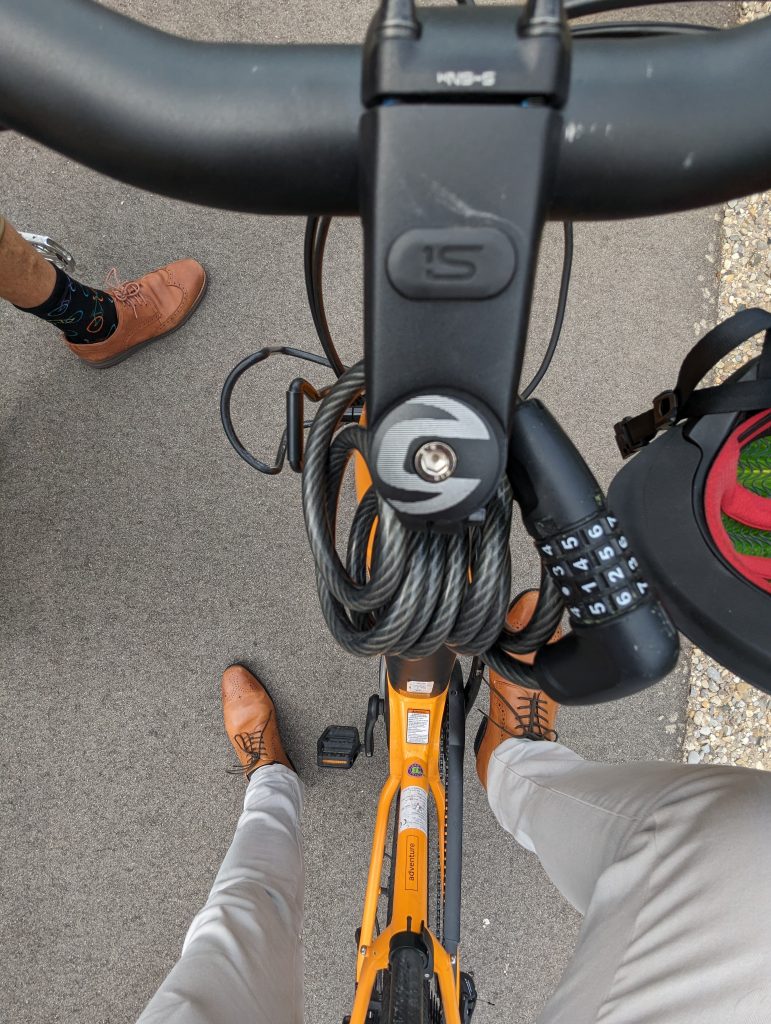
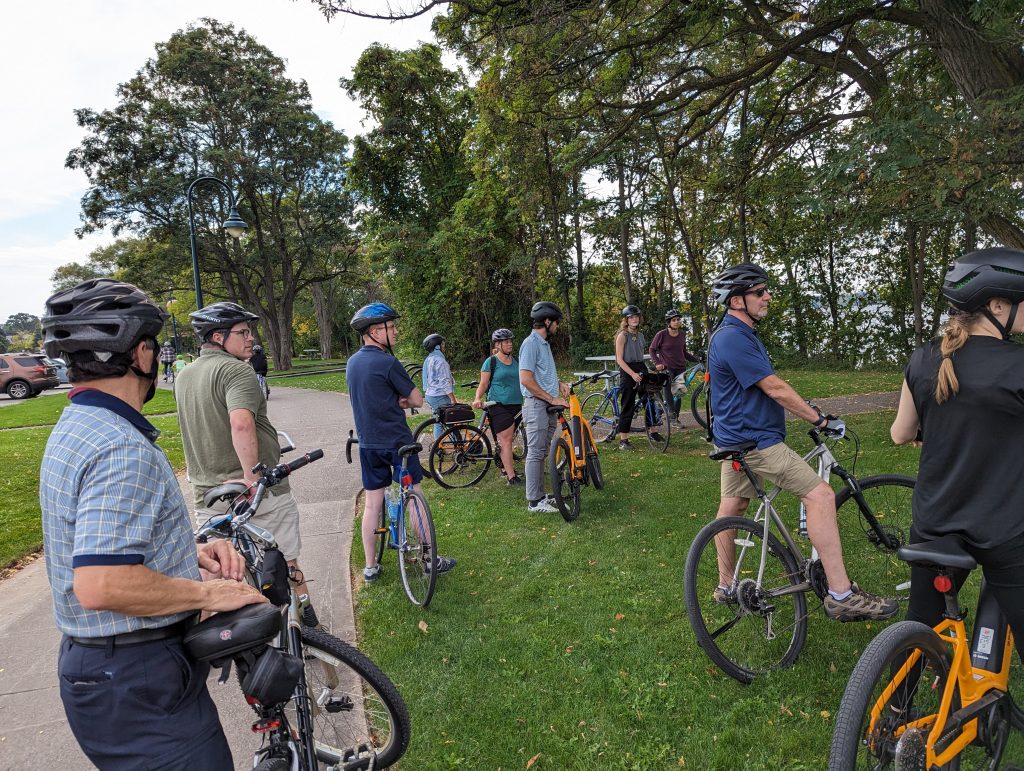

Alberta-based planning consultant Doug Griffiths provided the McKenna Symposium presentation on 13 Ways to Kill Your Community. He talked about the importance of being honest with yourself about your community’s strengths (“if 54% of communities all have the same slogan, that they’re good places to raise families, someone’s lying!”) while addressing your community’s deficiencies (specifically citing Flint’s water crisis and the fact that there are still hundreds of communities in the United States with drinking water that has a higher rate of lead contamination than Flint). Cooperation and collaboration as well as attention to meaningful details and aesthetics were also recurring themes.
I especially appreciated his description of not only NIMBYs but also CAVE people (Citizens Against Virtually Everything) and NOPE people (Not On Planet Earth, a more extreme NIMBY).
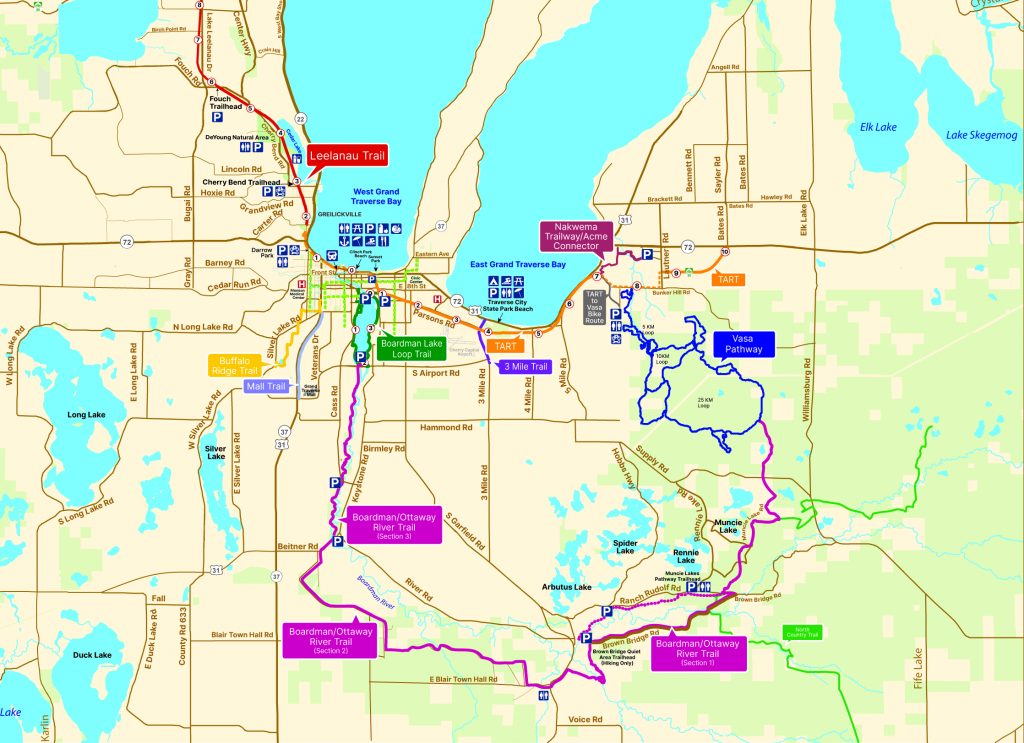
One phrase I heard twice today: growth Ponzi scheme. It seems as though pretty much everyone at least recognizes this, whether they’re in Sterling Heights or Howell (two of the sprawlier areas in a state that has no shortage of sprawl). Whether or not this means people are actually trying to address the issue is a different question. I spoke to some folks from Livingston County, the weird, Trumpy, ammosexual county between Lansing and Detroit, which is experiencing a massive boom in housing development, much to the chagrin of folks who moved up there because they expected to be able to live on a two-acre lot with their neighbors also living on two-acre lots.
Paging through a consultant-prepared master planning document on display, I couldn’t help but notice that the city of Howell has slated vast swaths of land within its municipal borders for, well, a bunch of new development. Well, I don’t know what to tell you, people– if you want growth, you can either build out or build up. Building up limits sprawl and challenges the paradigm of traffic congestion and strip malls, but it is certain to elicit ire from the Trumpy types who moved to small town America to get out of a real city. On the other hand, if you cover all of the farmland with tract housing, you create enormous amounts of traffic. I guess in Michigan, some people just think that’s the only way to grow. Of course, the state isn’t growing, we’re just drowning in sprawl. Fingers crossed that people start thinking about these things.
Looking forward to Day 2. As for today, I only thoroughly embarrassed myself once (please clap– shoutout to MAP’s Amy Vansen).
Follow along for more coverage of the Michigan Planning Conference.

